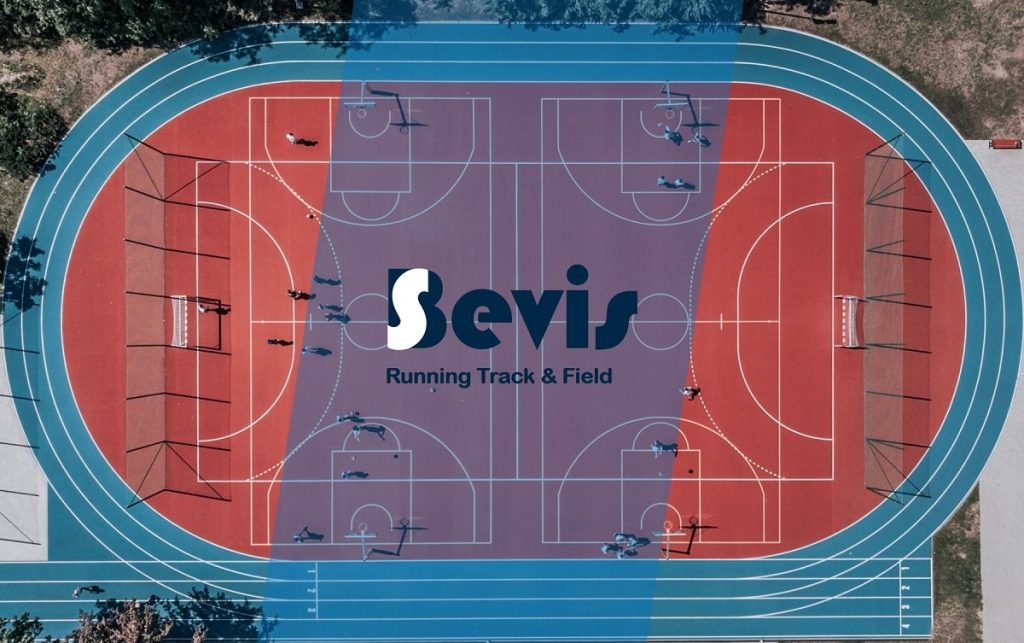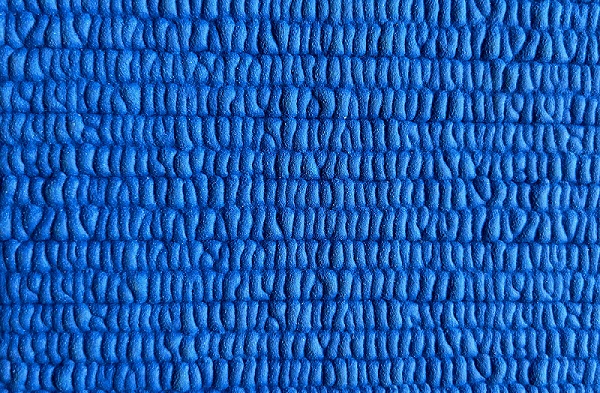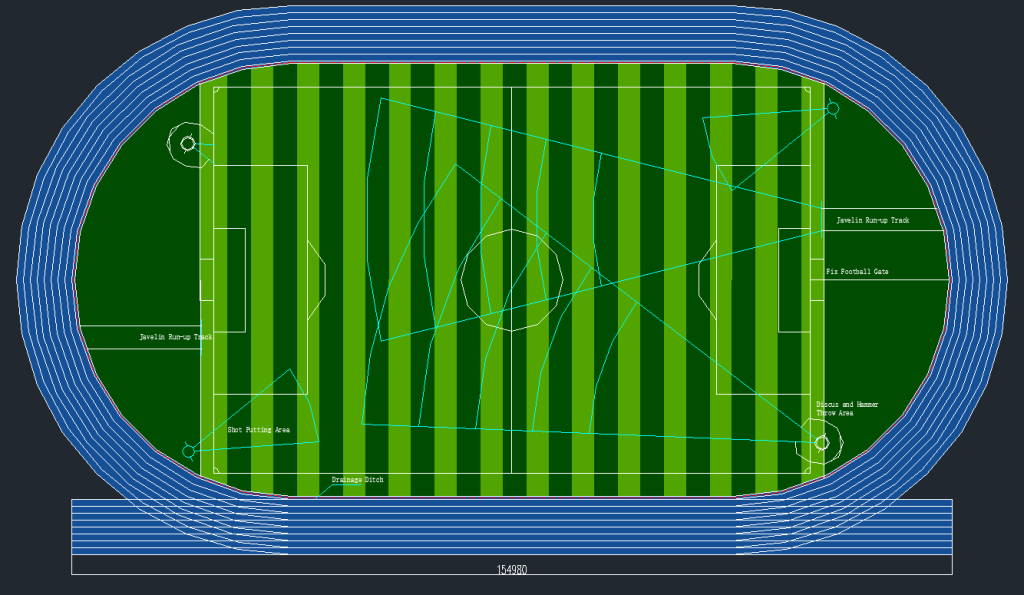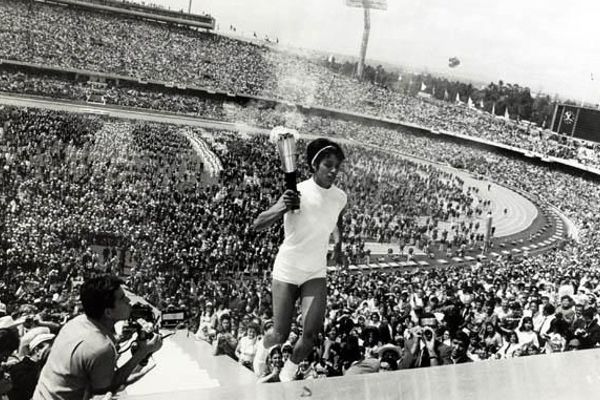Dear Valued Clients,
We hope this message finds you well. We're writing to inform you about the upcoming Chinese National Day holiday and to assure you of our continued service during this period.
The Chinese National Day holiday, also known as Golden Week, will be observed from October 1st to October 7th, 2024.
We want to emphasize that GZBEVIS will remain fully operational throughout the holiday period. Our commitment to you is unwavering, and we have taken steps to ensure seamless service delivery:
While we're fully operational, please note:
We recommend communicating any time-sensitive requests or specific requirements to your account manager in advance.
Your satisfaction remains our top priority. If you have any questions, concerns, or special requirements during this time, please don't hesitate to reach out to your dedicated account manager or our 24/7 support line.
Thank you for your continued trust in GZBEVIS. We appreciate your business and look forward to serving you through the holiday period and beyond.
Best regards,
GZBEVIS
GZBEVIS, a leading sports infrastructure company, has successfully installed a state-of-the-art prefabricated running track at Quanzhou Primary School in China. This project marks a significant step forward in efficient and high-quality sports facility construction.
The new track features GZBEVIS's cutting-edge prefabricated technology, allowing for rapid installation without compromising on performance or durability. The system's modular design ensured minimal disruption to school activities during the construction process.
Key features of the track include:
School officials expressed enthusiasm about the new facility, noting its potential to encourage student participation in physical activities and support the school's athletic programs.
This project showcases GZBEVIS's commitment to innovation in sports infrastructure and its ability to meet the evolving needs of educational institutions.
Guangzhou, China - GZBEVIS, a leading manufacturer of elite sports surfaces, today reaffirmed its commitment to providing the highest quality rubber running tracks for athletes at all levels. With decades of expertise, GZBEVIS is pioneering the use of advanced materials and technologies to craft durable, safe and high-performance rubber track systems.
"At GZBEVIS, we're driven by a passion for developing running surfaces that allow athletes to train harder, compete at their maximum potential, and avoid injuries," said Bevis, CEOof GZBEVIS. "Our rubber tracks combine cutting-edge polymer compounds with an innovative layered construction to deliver superior force reduction, energy rebound, drainage and all-weather performance."
GZBEVIS' signature rubber track systems are engineered to meet or exceed all industry standards and regulations. Key benefits include:
"GZBEVIS' rubber tracks have transformed our training facility," raved Dr. Yang, teaching physical education at Guangdong Ocean University. "The surface quality and performance is simply unmatched compared to other options we've used. Our runners have really noticed the difference."
Founded in 2016, GZBEVIS has built a reputation for engineering excellence across its full line of sports construction solutions ranging from tracks, tennis courts, weight rooms and more. The company's state-of-the-art manufacturing facilities ensure consistent quality on every project.
To learn more about GZBEVIS' innovative rubber running track systems, visit GZBEVIS.COM
If you've ever played basketball on a shiny, professional-grade court, chances are it was coated with polyurethane. This versatile polymer has become the gold standard for indoor sport surfacing. But why is polyurethane so well-suited for the demands of sports?
The answer lies in its molecular structure. Polyurethane has a unique crosslinked network that gives it great durability and performance. The crosslinking in polyurethane originates from the chemical reaction between isocyanate groups and hydroxyl groups. The NCO groups in diisocyanates react with OH groups in the polyol chains to form urethane links. Chains also connect with each other through bridge structures, creating a 3D network.
In the crosslinked structure, polymer chains cannot slide freely but are constrained by other chains. When external stress is applied, it is distributed evenly throughout the network, effectively resisting chain slippage and separation. This increases the tensile strength.
With higher crosslink density, more chain segments are intertwined per unit area. This enhances the material's ability to resist deformation under compression, improving compressive resistance.
The dense 3D network provides effective molecular interactions that increase energy storage for elastic recovery. Crosslinks also act as shock absorbers at the molecular level, giving toughness and impact resistance.
During sports or abrasion, the polyurethane surface resists cracking or peeling due to the tightly woven structure where chains support each other against surface loads.
So the next time you play on a PU sport floor, appreciate its molecular structure! The science behind it keeps athletes safe and enhances performance. Pretty amazing that small chemical bonds can create such as durable surface.
The prefabricated rubber sheet is more and more popular for running track construction. You may know its excellent performance, but I am sure you don't know how the prefabricated rubber sheet is being made. Through this video, you will find it out.
To obtain a World Athletics (formerly known as IAAF) certification for a running track with a rubber surface, the track must undergo various tests and meet specific standards set by World Athletics. These tests ensure that the track provides fair and safe conditions for athletes during competitions. While the specific requirements may vary depending on the type of facility and level of certification sought, some common tests include:
It's important to note that the specific requirements for World Athletics certification may change over time, and there may be additional tests or criteria for certain levels of certification. Track owners and event organizers should always refer to the most current guidelines and contact World Athletics or their regional governing body for athletics for detailed information on certification procedures and requirements.
From GZBEVIS, you can have the World Athletics certificated rubber runnning track products as follow:

Prefabricated rubber running tracks have become the go-to choice for athletic facilities, schools, and recreational spaces due to their excellent shock absorption, durability, and versatility. Advancements in technology have led to innovative solutions that enhance the performance, safety, and sustainability of these tracks. This article explores the latest innovations in prefabricated rubber running track technology, highlighting their impact on athletes, facility owners, and the environment.

In recent years, significant progress has been made in developing advanced rubber compounds specifically tailored for running track surfaces. These formulations focus on achieving optimal energy return, traction, and durability. The advancements in rubber compound technology allow for superior shock absorption, minimizing the risk of injuries and providing a more comfortable running experience. Additionally, these compounds offer excellent resistance to weather conditions, UV radiation, and chemicals, ensuring the longevity of the track.
In response to the growing demand for sustainable solutions, innovations in prefabricated rubber running tracks have focused on using eco-friendly materials. Manufacturers are increasingly incorporating recycled rubber granules obtained from discarded tires into track construction. This not only reduces waste and landfill usage but also enhances the overall environmental profile of the track. Additionally, eco-friendly binders and adhesives are being employed to reduce the carbon footprint associated with track installation and maintenance.

Innovative surface textures and designs play a crucial role in improving athlete performance and reducing the risk of injuries. Advancements in prefabricated rubber running track technology have led to the development of track surfaces with optimized textures, offering excellent grip and traction for runners. The surface designs take into account factors such as water drainage, slip resistance, and force reduction to create tracks that are suitable for various weather conditions and performance levels. The figure shown below is the prefabricated rubber system of GZBEVIS.

Prefabricated rubber running tracks can now be customized to meet the specific requirements of different sports and activities. Manufacturers offer a range of options in terms of track thickness, color schemes, lane markings, and field event integration. This flexibility allows facility owners to create multi-sport spaces that cater to a diverse range of athletic disciplines, from sprinting and long-distance running to high jump and shot put. The ability to adapt the track to different sports maximizes its utility and cost-effectiveness.
The integration of smart technologies is transforming prefabricated rubber running tracks into intelligent training tools. Innovative track systems equipped with sensors and data analysis capabilities provide real-time feedback on metrics such as running speed, stride length, and foot strike patterns. Athletes and coaches can use this information to optimize training techniques, improve performance, and reduce the risk of overuse injuries. Smart track technology also enables remote monitoring and maintenance, ensuring optimal track conditions at all times.
Advancements in prefabrication techniques have led to the development of modular track systems that enable faster installation and customization. These systems consist of interlocking tiles or panels that can be easily assembled and disassembled, allowing for efficient track installation or relocation. The modular design also facilitates maintenance and repairs, as damaged sections can be replaced without disrupting the entire track. Quick installation and modular designs offer convenience, flexibility, and cost savings for facility owners.

Innovations in prefabricated rubber running track technology have transformed athletic surfaces, providing athletes with safer and higher-performing spaces to train and compete. Advanced rubber compounds, eco-friendly materials, enhanced surface textures, customization options, smart track technology, and modular designs are revolutionizing the industry. As these innovations continue to evolve, we can expect further enhancements that will optimize athlete performance, reduce environmental impact, and meet the evolving needs of athletic facilities worldwide.
Engineering and manufacturing processes involved in creating prefabricated rubber tracks include several steps, encompassing material selection, track design, and quality control.



By following these engineering and manufacturing processes, prefabricated rubber tracks can be produced with consistent quality and optimized performance characteristics for a wide range of applications.
In ancient times, running tracks were made of dirt or grass. The Greeks built some of the earliest running tracks, which were usually oval or circular in shape. These tracks were simple and lacked standardized measurements.
In the late 19th century, cinder tracks became popular. Cinder, or crushed cinders from coal, was used to create the running surface. Cinder tracks provided better traction and a more consistent surface compared to natural materials.

The introduction of synthetic tracks revolutionized the sport of athletics. The first synthetic track, known as Tartan, was developed in the 1960s by the 3M company. Tartan was made of a mixture of rubber granules and polyurethane binders, providing a durable and resilient surface. It offered better shock absorption, reduced injuries, and improved performance.

The Olympic Games have played a significant role in the development of athletic tracks. The 1968 Mexico City Olympics featured the first Olympic Games with synthetic tracks, showcasing the benefits of the new surface. This led to an increased adoption of synthetic tracks worldwide.

Over the years, various types of synthetic track surfaces have been developed, offering different characteristics. Some common types include:
Recent advancements in track technology have focused on enhancing performance and reducing injury risks. For example, some tracks now incorporate texturing or patterns to optimize traction and minimize slippage. Like the GZBEVIS prefabricated rubber track which has a lot of merits.
In recent years, there has been increased emphasis on developing sustainable and eco-friendly track surfaces. GZBEVIS is exploring the use of recycled materials and sustainable manufacturing processes to reduce the environmental impact.

For other types of running track system, like Full PU rubber system, Sandwich system, Spray Coat system, the installation techniques of which are about mixing, pouring, spreading and leveling the track material across the track foundation. The running track quality will highly depended on installation engineer. For the prefabricated rubber running track, the case is no longer like that. That's because this rubber system is first prefabricated in a controllable factory condition and then the prefabricated rubber roll will be delivered to the site to install directly. Track quality and performance are more stable.
Prepare the area where the running track will be installed. This may involve clearing the site of any vegetation, rocks, debris, or uneven surfaces. Ensure the site is properly leveled and graded to provide a smooth and even base for the track.
Construct a suitable base for the running track. This usually involves building a compacted aggregate base layer that provides stability and proper drainage. Follow the specifications provided by the manufacturer or design engineer to ensure the base meets the required standards.
Determine the layout and dimensions of the running track according to the design plans. Use measuring tapes, strings, and stakes to mark the boundaries of the track and any required lanes or zones.

Lay out the prefabricated rubber roll according to the manufacturer's instructions. Align the roll accurately, ensuring the edges are properly aligned and the surface is smooth. Use adhesives or connectors provided by the manufacturer to secure the panels together.

Trim and shape the track panels as needed to fit within the marked boundaries and to accommodate curves, turns, and transitions. Use appropriate tools and techniques recommended by the manufacturer to achieve clean and accurate cuts.

Apply markings for lane lines, start/finish lines, exchange zones, and any other required markings using paint or other suitable materials. Follow the guidelines and regulations provided by the governing bodies for track markings and dimensions.
Allow the track surface to cure according to the manufacturer's recommendations. This typically involves a curing period of several days or weeks, during which the track should be protected from heavy use and adverse weather conditions. Once cured, perform testing and inspections to ensure the track meets the required standards for shock absorption, slip resistance, and other performance parameters.
It's important to note that the installation process can vary depending on the specific type of prefabricated rubber running track, as well as the manufacturer's guidelines and any local regulations. Always refer to the manufacturer's instructions and consult with GZBEVIS professionals experienced in track installation to ensure a proper and high-quality installation.
